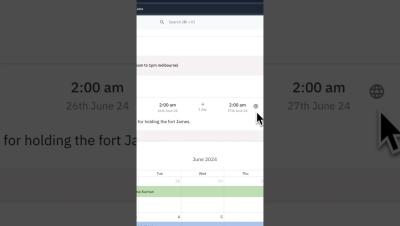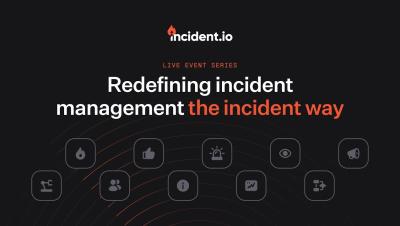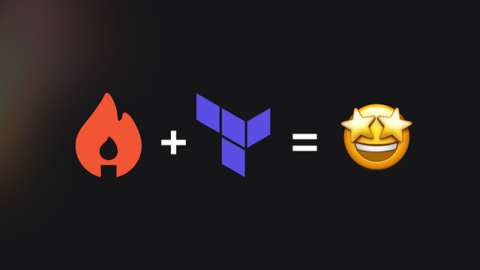Better multi-timezone support for On-call overrides
Today, we are bringing enhancements to on-call overrides. For many remote teams using Spike, we are addressing the need to manage overrides across multiple time zones. This new design makes it easy to see override times in the local time of the person taking over. It adds clarity and helps you be mindful about on-call times. We also focus on clearly showing who is taking over on-call duties, enhancing overall management and coordination.











